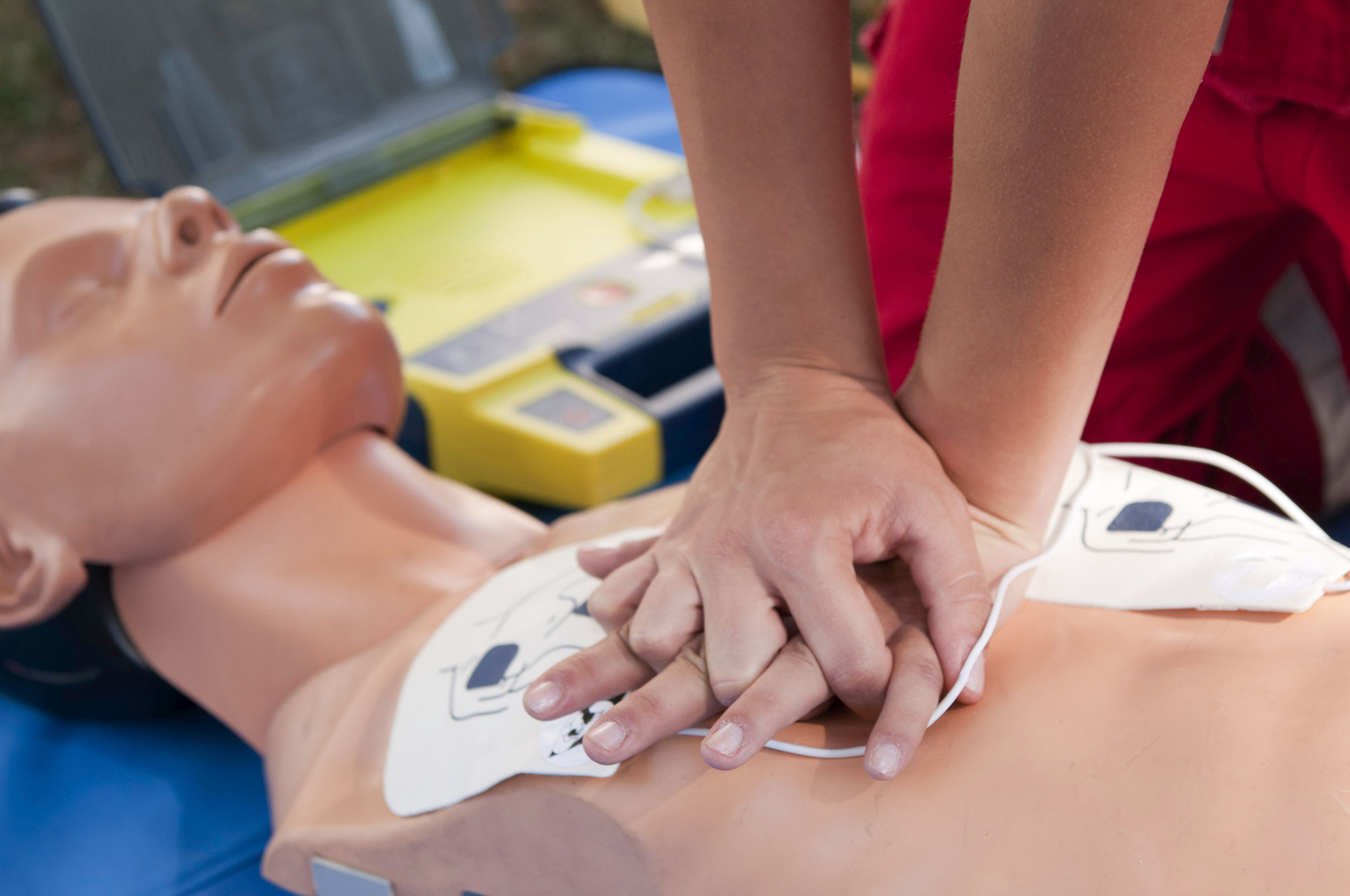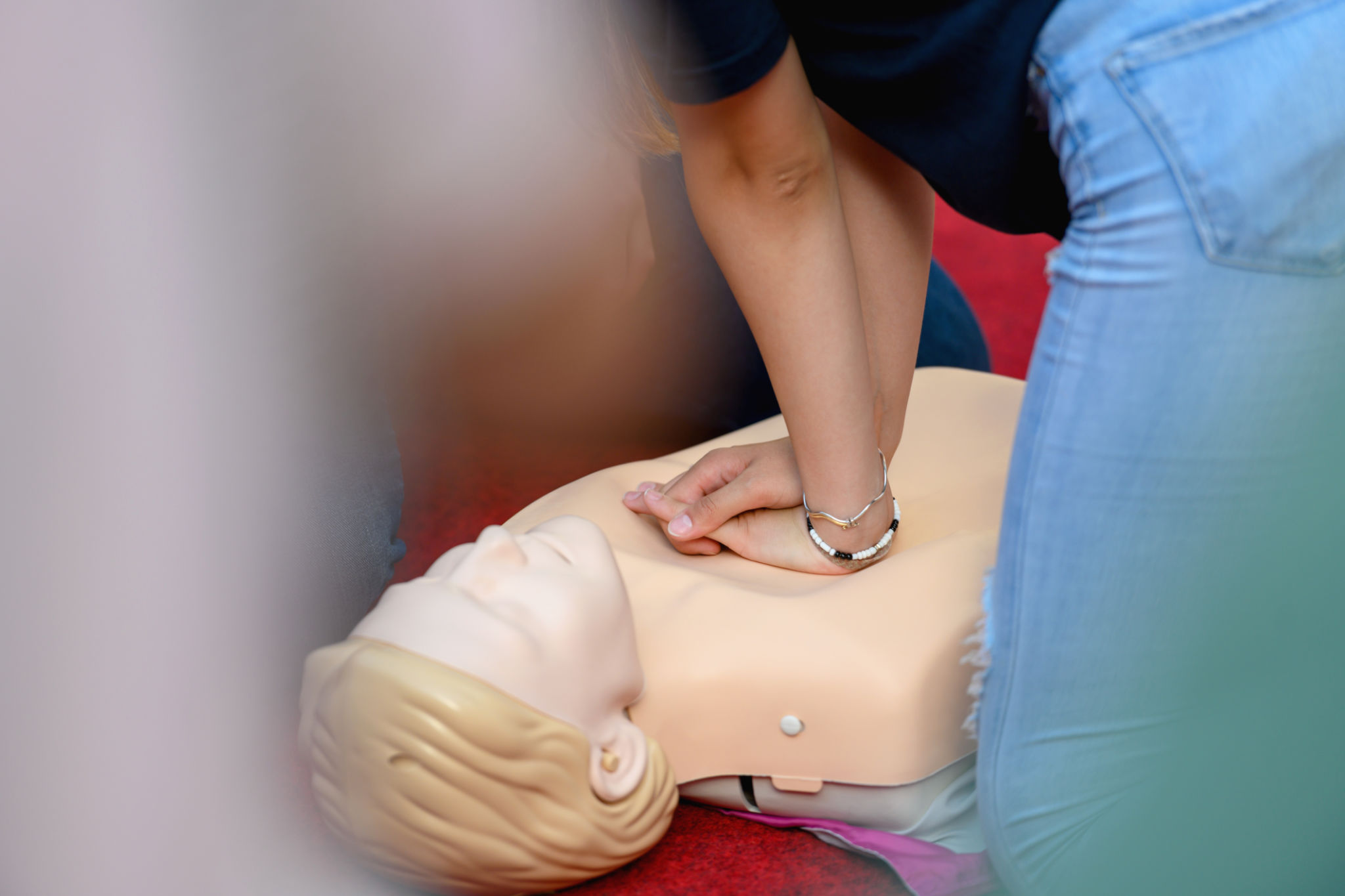What to Expect from a First Aid Course: A Complete Guide
Introduction to First Aid Courses
First aid courses are an essential part of safety training, equipping individuals with the knowledge and skills to handle medical emergencies effectively. Whether you're a parent, teacher, or simply a concerned citizen, knowing what to expect from a first aid course can be incredibly beneficial. This guide will walk you through the typical structure, content, and benefits of a first aid course.

Course Structure and Duration
First aid courses can vary in length, typically ranging from a few hours to several days, depending on the level of certification. Most basic courses last around 6 to 8 hours and can be completed in one day. More advanced courses, such as those for professional responders, may require additional time. These courses are usually a mix of theoretical instruction and practical hands-on experience.
Theoretical Instruction
The theoretical part of the course covers the fundamentals of first aid, including understanding the principles of emergency response. Participants learn about the human body's basic anatomy and physiology, focusing on how to recognize signs of distress and prioritize actions during an emergency. This section often includes information on legal considerations and the responsibilities of a first aider.

Practical Hands-On Experience
The practical component is where participants apply what they have learned in realistic scenarios. This involves practicing techniques such as CPR (Cardiopulmonary Resuscitation), using an AED (Automated External Defibrillator), and performing the Heimlich maneuver for choking victims. Hands-on practice is crucial for building confidence and ensuring participants are prepared to act swiftly in real-life situations.
- CPR and AED usage
- Choking relief techniques
- Bleeding control and wound care
- Managing shock and unconsciousness

Key Skills You'll Learn
A first aid course will equip you with a set of vital skills to handle various emergencies. These skills include assessing situations quickly, identifying the nature of injuries or illnesses, and providing immediate care to stabilize the patient until professional help arrives. The course also emphasizes effective communication with emergency services and other bystanders at the scene.
Certification and Renewal
Upon completing a first aid course, participants usually receive a certification that is valid for a specific period, commonly two to three years. It's important to renew your certification as required, as this ensures you remain up-to-date with the latest first aid practices and protocols. Refresher courses often cover recent advancements in medical response techniques.

Benefits of Taking a First Aid Course
Participating in a first aid course offers numerous benefits beyond just acquiring life-saving skills. It can boost your confidence, enhance your problem-solving abilities, and improve your decision-making skills during high-pressure situations. Moreover, having trained individuals within communities contributes to a safer environment for everyone.
In conclusion, enrolling in a first aid course is a proactive step towards personal development and community safety. By understanding what to expect from these courses, you can approach the learning experience with clarity and purpose. Whether you're looking to meet workplace requirements or simply be prepared for emergencies at home, a first aid course is an invaluable investment in safety and peace of mind.